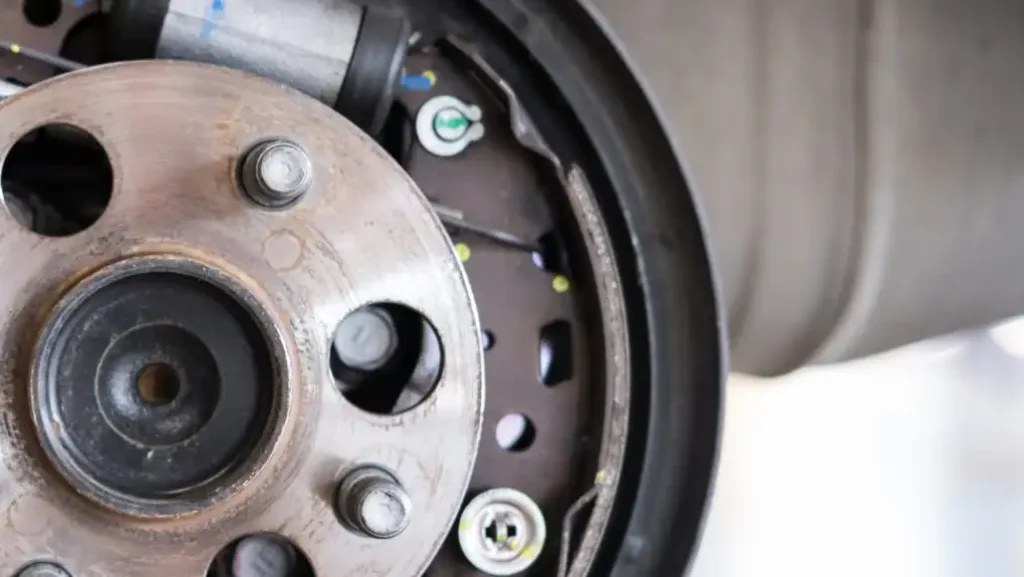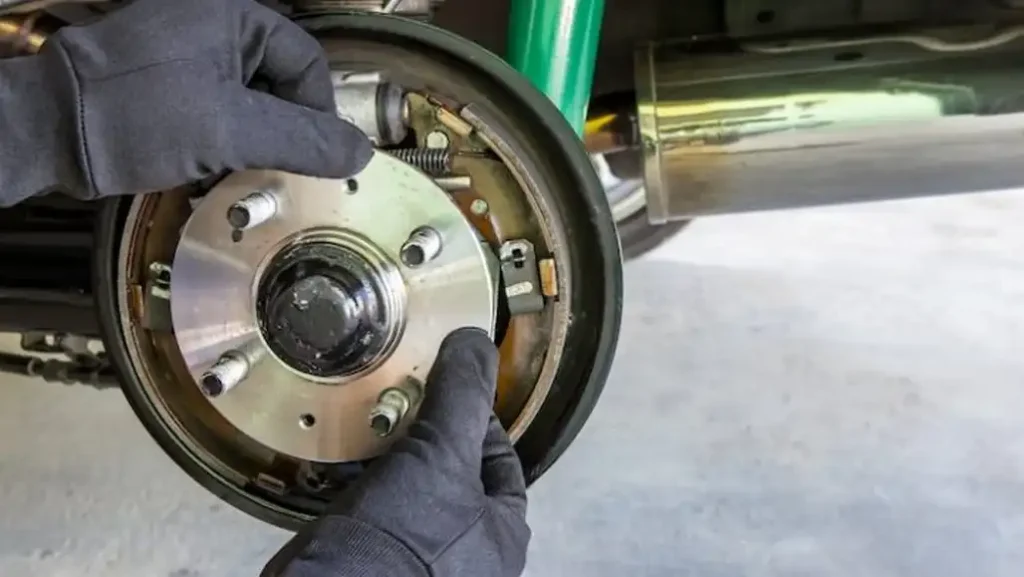When it comes to vehicle maintenance, understanding the signs of bad wheel bearings is crucial. Neglecting these symptoms can lead to serious safety hazards and costly repairs. In this comprehensive guide, we’ll explore the 9 bad wheel bearing symptoms and provide you with expert tips on how to check for bad wheel bearings. Don’t let worn-out wheel bearings compromise your safety on the road.
Bad Wheel Bearing Symptoms

Strange Noises:
Your vehicle may emit unusual sounds, such as grinding, rumbling, or roaring, especially when making turns. These noises indicate potential damage to your wheel bearings.
Driving with damaged wheel bearings can exacerbate the problem, leading to further complications and safety risks.
Vibration in the Steering Wheel:
Feeling vibrations in the steering wheel while driving, particularly at higher speeds, is a common symptom of bad wheel bearings. This vibration indicates that the wheel bearings are worn out and need immediate attention.
Uneven Tire Wear:
Inspect your tires regularly for signs of uneven wear. Excessive wear on the inner or outer edges of the tires can indicate bad wheel bearings. Uneven tire wear compromises traction and handling, posing a safety risk.
ABS Warning Light:
A malfunctioning ABS (Anti-lock Braking System) warning light on your dashboard could signal bad wheel bearings. Faulty wheel bearings can disrupt the ABS sensors, triggering the warning light. Ignoring this warning can lead to brake system failures.
Loose or Wobbly Wheel:
A loose or wobbly wheel is a clear indicator of bad wheel bearings. You may notice excessive play in the wheel or detect abnormal movement when jacked up. Driving with a loose wheel is extremely dangerous and requires immediate attention.
Overheated Wheel Hub:
After driving, carefully touch the wheel hub to check for overheating. Excessive heat emanating from the wheel hub suggests friction caused by worn-out wheel bearings. Ignoring overheated wheel hubs can lead to catastrophic wheel failure.
Steering Wheel Misalignment:
If your steering wheel feels off-center or pulls to one side while driving, it could be due to bad wheel bearings. Steering wheel misalignment indicates uneven pressure distribution caused by damaged wheel bearings.
Difficulty Steering:
Experiencing difficulty in steering your vehicle, especially at lower speeds, can be attributed to bad wheel bearings. Damaged wheel bearings hinder the smooth rotation of the wheels, making steering challenging and unpredictable.
ABS Brakes Engage Prematurely:
Premature engagement of the ABS brakes, especially under normal driving conditions, suggests underlying issues with the wheel bearings. Faulty wheel bearings can trigger erroneous signals to the ABS system, compromising braking performance.
How to Check for Bad Wheel Bearings

Now that you’re familiar with the symptoms, let’s delve into how to check for bad wheel bearings:
Visual Inspection:
Inspect the wheel bearings visually for signs of wear or damage. Look for rust, cracks, or excessive play in the wheel hub.
Road Test:
Take your vehicle for a test drive and pay attention to any unusual noises or vibrations. Test the steering responsiveness and braking performance.
Wheel Movement Test:
Jack up each wheel and check for excessive play or wobbling. Rotate the wheel by hand to detect any roughness or resistance, which could indicate bad wheel bearings.
Check ABS Sensors:
Inspect the ABS sensors for any signs of damage or obstruction. Clean the sensors and ensure they are properly aligned with the wheel bearings.
Temperature Check:
After driving, carefully touch the wheel hubs to check for overheating. Overheated wheel hubs indicate friction caused by bad wheel bearings.
Professional Inspection:
If you’re unsure about the condition of your wheel bearings, it’s best to consult a professional mechanic for a thorough inspection.
FAQs
How often should I check my wheel bearings?
Regularly inspect your wheel bearings during routine maintenance checks, especially if you notice any of the symptoms mentioned earlier.
Can bad wheel bearings cause accidents?
Yes, driving with bad wheel bearings can lead to accidents due to compromised handling, steering, and braking performance.
Are bad wheel bearings expensive to replace?
The cost of replacing wheel bearings varies depending on the make and model of your vehicle and the extent of damage. It’s essential to address bad wheel bearings promptly to prevent further damage and costly repairs.
Can I drive with bad wheel bearings?
Driving with bad wheel bearings is highly discouraged as it poses significant safety risks. Continued driving can lead to further damage to your vehicle and compromise your safety on the road.
How long do wheel bearings last?
The lifespan of wheel bearings depends on various factors, including driving habits, road conditions, and maintenance. On average, wheel bearings can last between 85,000 to 100,000 miles.
Is it safe to replace wheel bearings myself?
Replacing wheel bearings requires specialized tools and expertise. Unless you’re an experienced mechanic, it’s best to entrust this task to a professional technician to ensure proper installation and safety.
Conclusion:
Don’t ignore the warning signs of bad wheel bearings. By staying vigilant and addressing these symptoms promptly, you can prevent accidents and costly repairs. Regular maintenance checks and professional inspections are essential for ensuring the safety and longevity of your vehicle.

